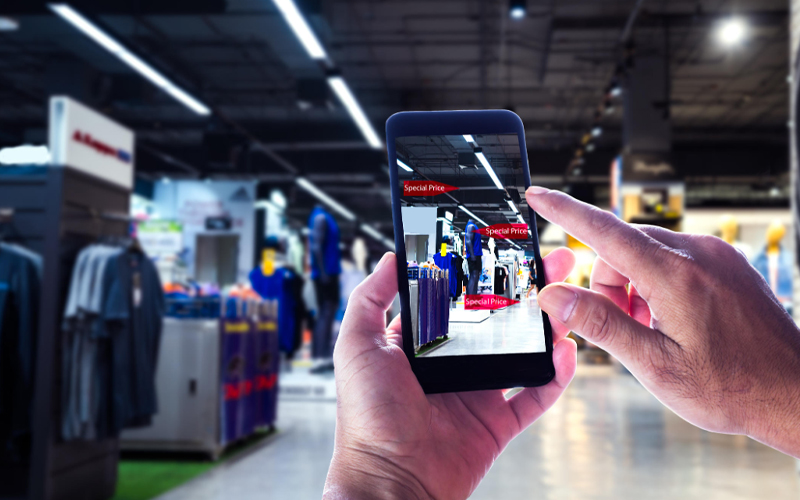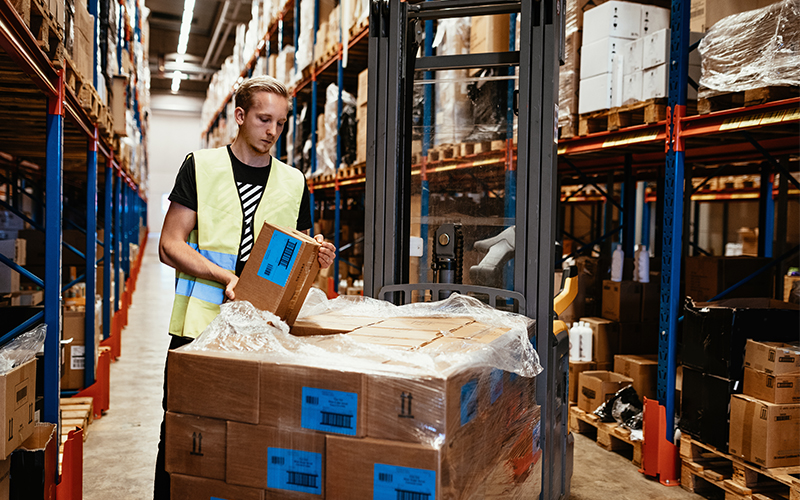Touchless technology has been making successful inroads into different business sectors in recent times. On adopting the technology, the need for human intervention becomes minimal and it gives organisations a definitive competitive advantage. Traditional planning is primarily based on historical data but whenever a disruption occurs, all plans fail. Since supply chain disruptions are unpredictable, new approaches and tools are a necessity to keep the wheels of business running smoothly. Touchless planning is an effective way to introduce agility to supply chain planning. Also known as digital or autonomous planning, touchless planning lets machines undertake the massive task of aggregating and analysing data.
High-touch processes across organisational departments such as manufacturing, inventory, procurement, distribution and logistics involve huge amounts of data-driven manual work that is slow and costly and involves hundreds of human hours. The larger the organisation, the larger the number of products, partners, sites and customers. Errors are common, putting profitability, revenue, and customer satisfaction on the line. The volatile global business landscape today requires organisations to adapt swiftly to changing demands, fluctuating availability of raw materials and any unexpected political or economic events.
Cognitive automation is at the heart of touchless technology and it allows businesses to automate decision making whenever any exceptions occur. It involves applying sophisticated artificial intelligence (AI) and machine learning (ML) algorithms to data systematically collected and sorted for making business-critical decisions. AI and ML enable touchless planning in supply chains. The technology involves crawlers that explore all relevant data sources and arrange them in a way that best explains how all the data interacts with each other. Data is first collected from physical, internal and external sources, and then cleaned, sorted and enriched. Data is gathered and organised continuously. It is arranged so that it represents a true picture of the existing supply chain operation. The information provides a firm baseline on which to make business decisions and recommendations. As the employees interacting with the systems are professional planners, the decisions they implement are learned by the AI and ML tools and that ensures decisions and recommendations are refined more and more with time.
Cognitive automation brings in significant improvements in decision making and that makes the transition to a touchless supply chain controlled and efficient. Since the tedious and time-consuming task of data gathering and analysing is carried out by machines, employees of organisations can make decisions fast and focus on more critical and creative areas such as strategizing and negotiating with stakeholders, devising innovative solutions by thinking out of the box, and even ponder on what-if situations. Since the datasets are carefully collected and built, employees can also identify unexpected connections that might otherwise remain unnoticed.
After adapting cognitive automation, touchless planning can modify the very core of supply chains. Managers no longer have to spend hours analysing sales history and drawing forecasts, preparing manual documentation, or reviewing inventory movement. Instead they can focus on the results of all these processes. Whether it is a drop in sales, a lack of raw materials or a critical forecast, the cognitive automation platform with its analytic tools can be used to derive recommendations quickly and accurately. Recommendations could range from increasing or decreasing production capacity, inventory reallocation, reducing prices, or changing suppliers of various materials.
The automation platform generates recommendations based on the evaluation and comparison of all relevant factors related to sales and market trends, including weather effects. Employees can work as per actionable recommendations thereby increasing the number of decisions they can make each day. This translates to faster decision making abilities based on intelligent recommendations, one of the most important factors affecting the agility of supply chains. Further, with cognitive automation, decisions can be planned to a degree of detail that is almost impossible with conventional methods.
The procurement sector has been ready for touchless tools and platforms for some time now. It can help with automating processes and streamlining procurement by leveraging the power of data analytics. Touchless technology enables procurement divisions to gain better control over processes, reduce errors and thereby reduce rework, find lost or misplaced records easily, and accelerate the purchase order (PO) generation and ordering process. This ensures an efficient and better optimised procurement process.
Organisations that have successfully adopted cognitive automation began with pilot projects that overlay the new platforms over conventional systems without replacing the old systems. Only after experimenting, tuning and validating did they move from pilot projects to actual production and lay the foundation of touchless supply chains.
All organisations that depend on supply chain management are ideal candidates for touchless planning. The technology and processes involve costs that may be best afforded by large organisations or start-ups that plan to scale quickly.
* For organizations on the digital transformation journey, agility is key in responding to a rapidly changing technology and business landscape. Now more than ever, it is crucial to deliver and exceed on organizational expectations with a robust digital mindset backed by innovation. Enabling businesses to sense, learn, respond, and evolve like a living organism, will be imperative for business excellence going forward. A comprehensive, yet modular suite of services is doing exactly that. Equipping organizations with intuitive decision-making automatically at scale, actionable insights based on real-time solutions, anytime/anywhere experience, and in-depth data visibility across functions leading to hyper-productivity, Live Enterprise is building connected organizations that are innovating collaboratively for the future.







